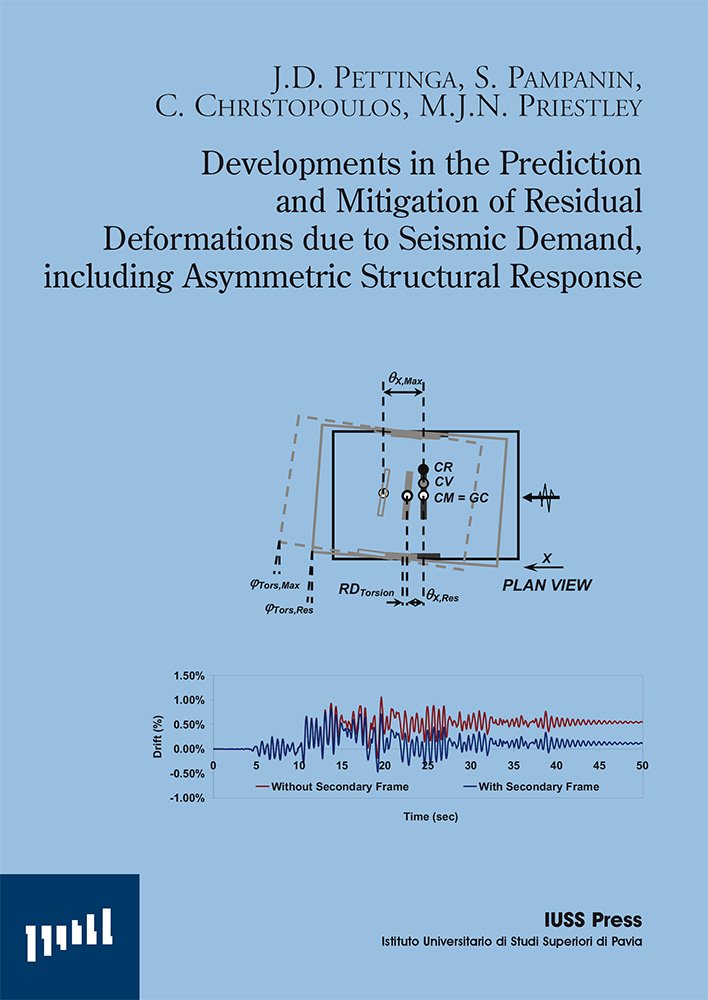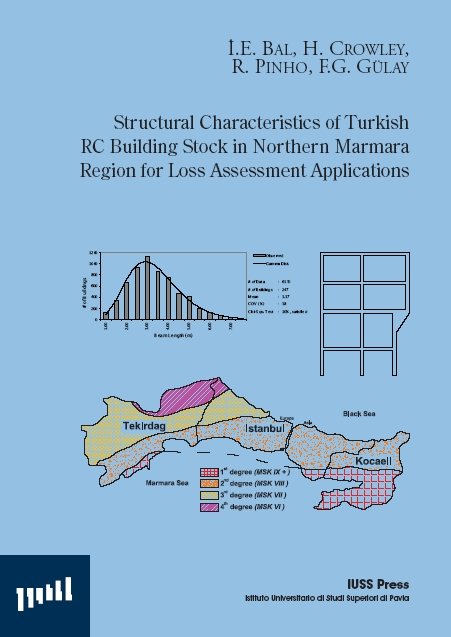Catalogue

Developments in the Prediction and Mitigation of Residual Deformations due to Seismic Demand, including Asymmetric Structural Response
24/01/2007
Structural Characteristics of Turkish RC Building Stock in Northern Marmara Region for Loss Assessment Applications
24/03/2007Accounting for P-Delta Effects in Structures when using Direct Displacement-Based Design
Original price was: € 25,00.€ 5,00Current price is: € 5,00.
J.D. Pettinga, M.J.N. Priestley
Research Report Rose 2007/02
ISBN: 978-88-6198-002-0
In this report, an outline of how P-Delta effects influence single-degree-of-freedom response is presented, from which the explicit inclusion of this second-order effect in the Direct Displacement-Based Design method is developed.
FUORI CATALOGO
In this report, an outline of how P-Delta effects influence single-degree-of-freedom response is presented, from which the explicit inclusion of this second-order effect in the Direct Displacement-Based Design method is developed. The differences in sensitivity to P-? effects of both elasto-plastic (approximating steel response) and stiffness degrading (reinforced concrete) hysteresis are discussed, from which a proposed multiplicative factor is derived to account for the enhanced performance of reinforced concrete structures. Parametric investigations, using a suite of seven spectrum-compatible ‘massaged’ real records, are carried out to assess the influence of differing levels of P-? significance, ductility demand and post-yield stiffness ratio. It is found that for most systems considered the proposed design approach is very effective. Where necessary, limits in application and effect are presented based on these results. To further demonstrate the effectiveness of the design approach, four-storey frame models designed for both reinforced concrete and steel response, are analysed. It is shown that the proposed method of accounting for P-? effects satisfactorily reduces the storey drift amplifications, such that the design performance targets are maintained at the original level when second-order effects are not included in the analyses.

